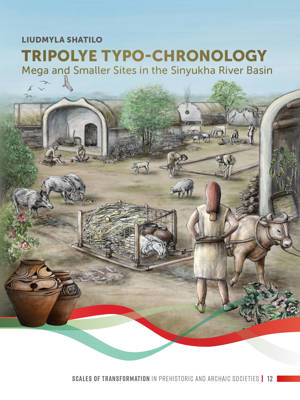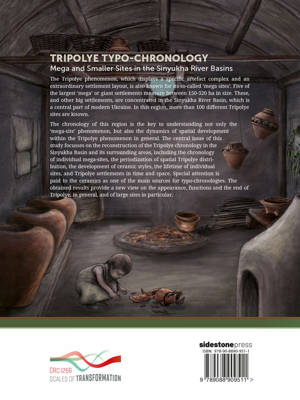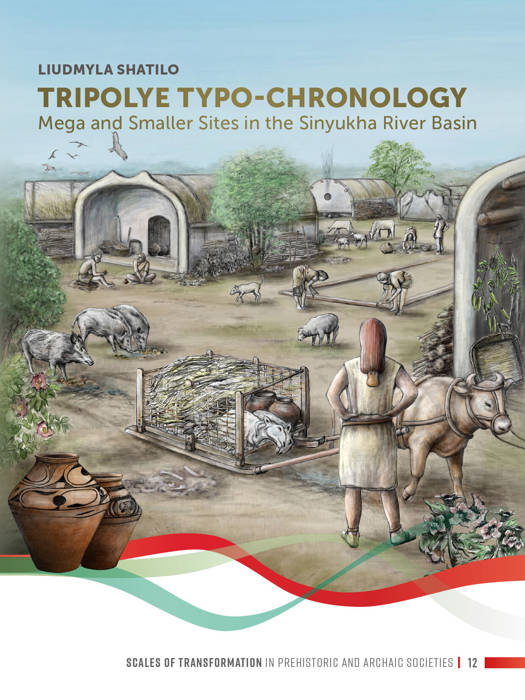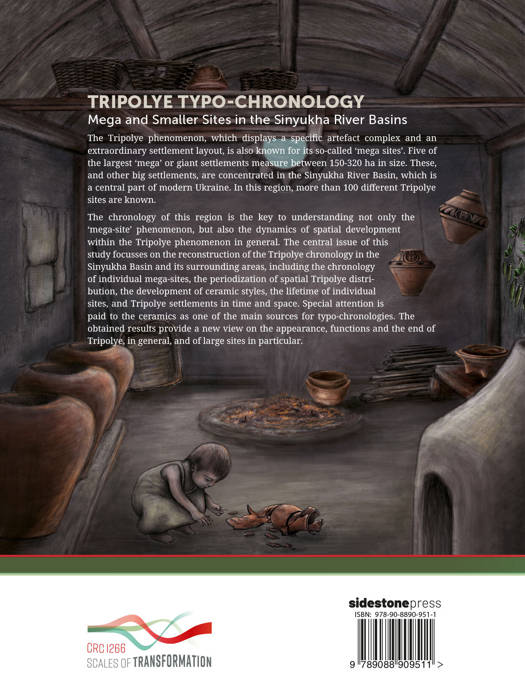
- Afhalen na 1 uur in een winkel met voorraad
- Gratis thuislevering in België vanaf € 30
- Ruim aanbod met 7 miljoen producten
- Afhalen na 1 uur in een winkel met voorraad
- Gratis thuislevering in België vanaf € 30
- Ruim aanbod met 7 miljoen producten
Zoeken


€ 60,00
+ 120 punten
Uitvoering
Omschrijving
The Tripolye phenomenon, which displays a specific artefact complex and an extraordinary settlement layout, is also known for its so-called 'mega sites'. Five of the largest 'mega' or giant settlements measure between 150-320 ha in size. These, and other big settlements, are concentrated in the Sinyukha River Basin, which is a central part of modern Ukraine. In this region, more than 100 different Tripolye sites are known.
The chronology of this region is the key to understanding not only the 'mega-site' phenomenon, but also the dynamics of spatial development within the Tripolye phenomenon in general. The central issue of this study focusses on the reconstruction of the Tripolye chronology in the Sinyukha Basin and its surrounding areas, including the chronology of individual mega-sites, the periodization of spatial Tripolye distribution, the development of ceramic styles, the lifetime of individual sites, and Tripolye settlements in time and space. Special attention is paid to the ceramics as one of the main sources for typo-chronologies. The obtained results provide a new view on the appearance, functions and the end of Tripolye, in general, and of large sites in particular.
The chronology of this region is the key to understanding not only the 'mega-site' phenomenon, but also the dynamics of spatial development within the Tripolye phenomenon in general. The central issue of this study focusses on the reconstruction of the Tripolye chronology in the Sinyukha Basin and its surrounding areas, including the chronology of individual mega-sites, the periodization of spatial Tripolye distribution, the development of ceramic styles, the lifetime of individual sites, and Tripolye settlements in time and space. Special attention is paid to the ceramics as one of the main sources for typo-chronologies. The obtained results provide a new view on the appearance, functions and the end of Tripolye, in general, and of large sites in particular.
Specificaties
Betrokkenen
- Auteur(s):
- Uitgeverij:
Inhoud
- Aantal bladzijden:
- 370
- Taal:
- Engels
- Reeks:
- Geïllustreerd:
- Ja
Eigenschappen
- Productcode (EAN):
- 9789088909511
- Verschijningsdatum:
- 20/05/2021
- Uitvoering:
- Paperback
- Formaat:
- Trade paperback (VS)
- Afmetingen:
- 210 mm x 279 mm
- Gewicht:
- 1455 g

Alleen bij Standaard Boekhandel
+ 120 punten op je klantenkaart van Standaard Boekhandel
Beoordelingen
We publiceren alleen reviews die voldoen aan de voorwaarden voor reviews. Bekijk onze voorwaarden voor reviews.












